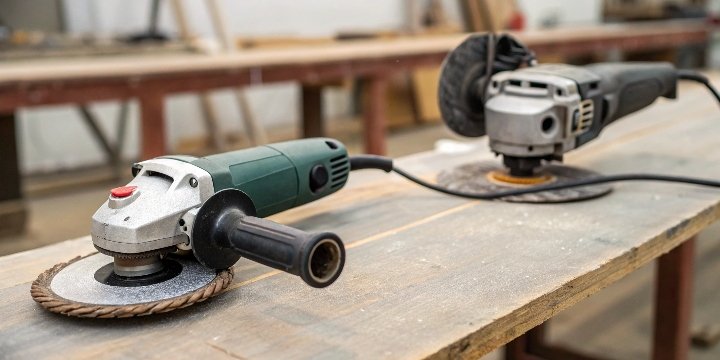
Struggling between consistent power and job site freedom? Choosing the right angle grinder is a critical decision that directly affects your team’s efficiency, safety, and the final quality of your work.
A corded angle grinder is generally better for continuous, heavy-duty tasks due to its unlimited power supply. A cordless model offers superior portability and convenience for quick jobs or sites without easy power access. The "better" choice depends entirely on your specific application.
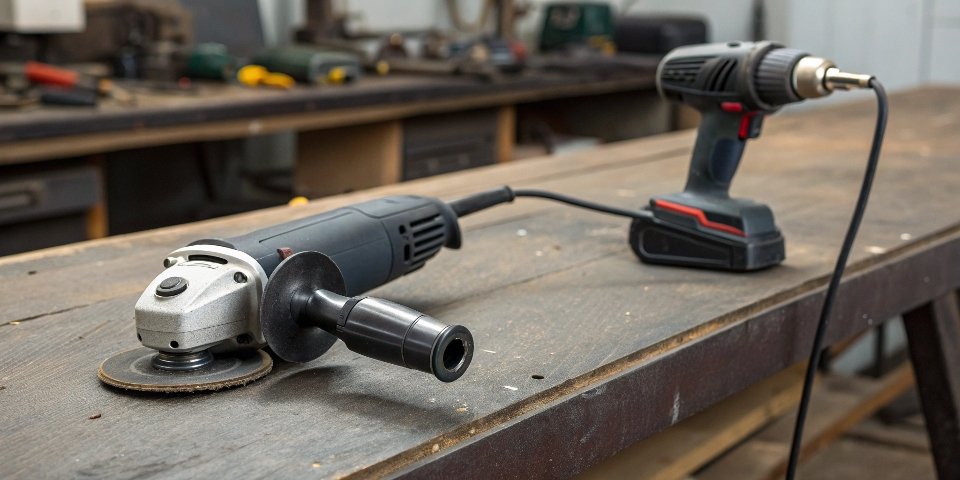
That’s the simple answer. But here at our factory, Reliable, we’ve been producing grinding tools for nearly three decades. We’ve seen firsthand how the right choice depends on the details. Factors like the material you’re working with, the duration of the job, and your workshop’s layout all play a huge part in the decision. The technology has changed a lot, but the basic trade-offs remain. We want to guide you through these details so you can equip your team with the perfect tool for their needs. Let’s dive deeper into this topic.
Is a corded angle grinder better than a cordless one?
Are you constantly fighting power drops on tough materials? Or are you frustrated by cords limiting your movement around large workpieces? The corded versus cordless debate directly impacts your team’s productivity.
Corded grinders provide unmatched, consistent power for grinding thick metal or continuous cutting. Cordless grinders excel in flexibility and are perfect for repairs, remote sites, or finishing tasks where moving around is essential. The best choice balances power needs with workplace mobility.
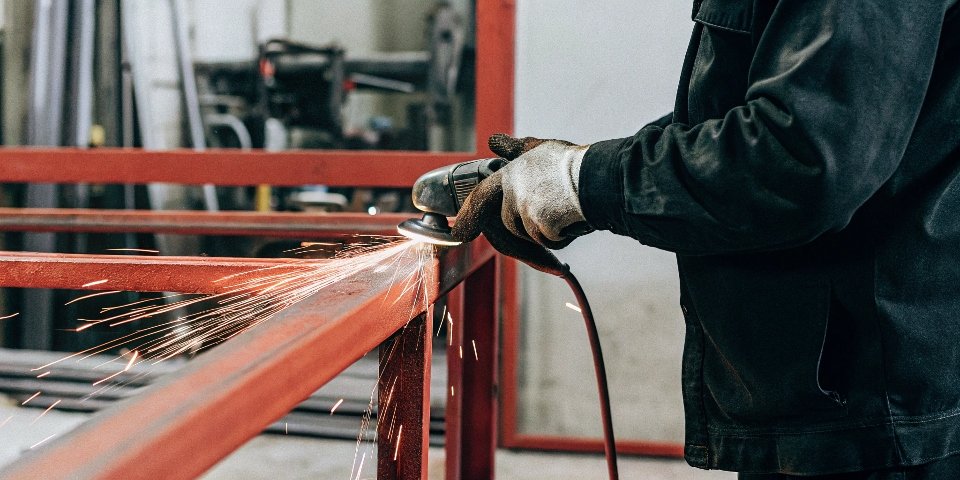
In our experience serving industrial clients, the decision almost always comes down to the primary application. A factory floor running a production line with fixed workstations will have different needs than a maintenance crew that has to make repairs all over a large facility. To make a clear choice, let’s break down the key differences.
Power and Performance
A corded angle grinder1 plugs directly into a power outlet. This gives it a continuous, steady stream of power. It will not lose performance as you work, even during long, demanding jobs like grinding down thick welds or cutting through steel beams for hours. This is why many high-precision machining2 operations prefer corded models. A cordless grinder, on the other hand, runs on a battery. While modern lithium-ion batteries are impressive, they have a limited runtime. The power can also start to fade as the battery drains, especially when pushing the tool hard. For short bursts of work, this isn’t a problem. For all-day use, it means swapping batteries and dealing with downtime for recharging.
Portability and Safety
This is where the cordless grinder wins, hands down. There is no cord to trip over, get tangled, or limit your reach. You can take it up on a scaffold, into a tight space, or out to a job site with no power. This freedom of movement is not just convenient; it’s a major safety advantage. Trailing cords are a common trip hazard in busy workshops. Corded grinders, however, keep the workstation fixed and can be integrated into safer, more permanent setups with dedicated power drops, which can also enhance safety through predictability.
Cost and Maintenance
Initially, a corded grinder is often cheaper than a comparable cordless model. The tool itself is simpler. With a cordless grinder, you are also investing in batteries and a charging system. High-capacity batteries can be expensive, and they are consumable items that will eventually need to be replaced. Over the long term, the total cost of ownership for a cordless system can be higher. Maintenance for corded tools is straightforward. For cordless tools, you also have to manage the health and lifecycle of your batteries.
Here is a simple table to summarize:
| Feature | Corded Angle Grinder | Cordless Angle Grinder |
|---|---|---|
| Power | Unlimited, consistent high power | Limited by battery, may fade |
| Mobility | Limited by cord length | Excellent, completely portable |
| Runtime | Unlimited | 20-40 minutes per battery |
| Weight | Often lighter (no battery) | Heavier due to battery |
| Best For | Heavy-duty, continuous workshop use | Quick jobs, remote sites, repairs |
| Initial Cost | Lower | Higher (includes batteries) |
What does an angle grinder do that other tools can’t?
Your workshop has saws and sanders, but some tasks are still slow and difficult. You need a single, versatile tool that can cut, grind, and polish multiple materials efficiently.
An angle grinder’s unique value is its incredible versatility in a compact form. It can aggressively remove material, make precise cuts in metal and masonry, and polish surfaces. No other single handheld tool offers this range of functions at such high rotational speeds.
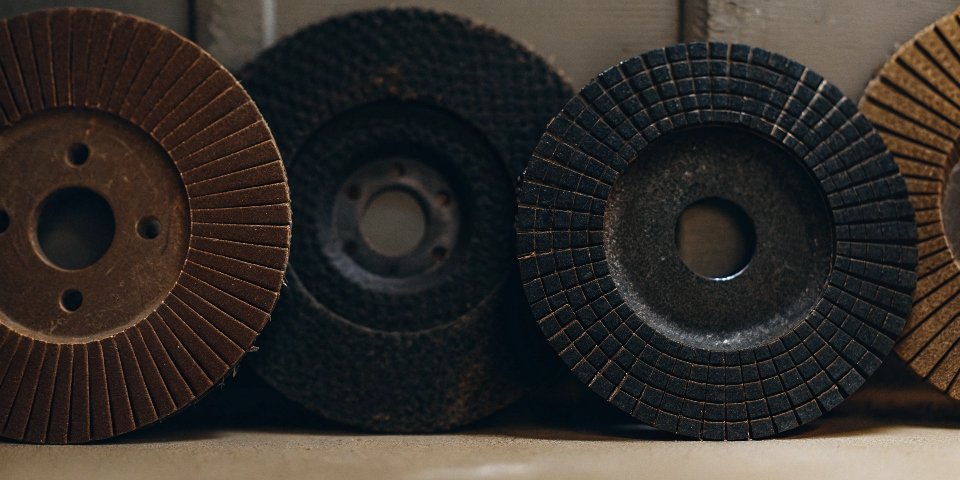
I remember visiting a client’s facility where they were fabricating custom steel frames. In one workspace, I saw a team member use a single angle grinder for three different tasks in under an hour. First, they cut steel tubing to length. Then, they switched the disc to grind the welds smooth. Finally, they used a flap disc3 to prep the surface for painting. This is the true power of an angle grinder. It replaces multiple other tools. Its secret lies in the combination of its high rotational speed and the huge variety of discs available.
Aggressive Material Removal
An angle grinder spins its disc at speeds of 10,000 RPM or more. When you pair this speed with a coarse grinding wheel, like the corundum wheels we produce, it can remove a lot of metal very quickly. This is called aggressive material removal4. It is perfect for tasks like shaping metal, beveling edges for welding, or removing old, rusty coatings. A sander, by contrast, is designed for much slower, more controlled surface finishing and would take far too long for this kind of heavy work.
Versatile Cutting Capabilities
While a circular saw is excellent for straight cuts in wood, its use is limited. An angle grinder, when fitted with the right cutting disc, can handle a much wider range of materials. With one of our RL brand diamond saw blades, it can slice through concrete, tile, and stone. With an abrasive cutting disc, it cuts through rebar, steel pipe, and sheet metal with ease. This ability to cut through masonry and metal is something most other handheld saws simply cannot do, making the angle grinder essential on construction sites and in metal fabrication shops.
Surface Finishing and Polishing
The grinder isn’t just for destruction; it’s also a surprisingly good finishing tool. By changing the disc, you can go from heavy grinding to fine finishing. A flap disc3, which has overlapping flaps of sandpaper, can smooth and blend surfaces beautifully. A wire wheel attachment can clean rust and scale off metal without removing the base material. You can even attach polishing bonnets to bring a metal surface to a mirror shine. This ability to perform both rough and fine work makes the angle grinder incredibly efficient.
Conclusion
In summary, choose a corded grinder for continuous power and a cordless one for movement freedom. The angle grinder’s amazing versatility makes it a must-have tool for any serious fabrication work.
-
Learn why corded angle grinders are preferred for continuous, heavy-duty applications and their performance benefits. ↩
-
Learn why corded grinders are favored in precision machining for their consistent power. ↩
-
Learn about flap discs and their role in achieving smooth finishes with angle grinders. ↩ ↩
-
Learn about the technique of aggressive material removal and its applications in metalworking. ↩
Written by
leeon
You may also be interested in:

What are the primary abrasive minerals?
Are you struggling to choose the right abrasive for your job? Making the wrong choice can ruin your workpiece, costing you time and money. Understanding
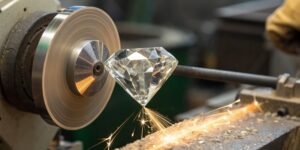
Why is a diamond used as an abrasive?
Struggling to cut tough materials effectively? Your current tools wear out too fast, causing delays and poor finishes. Diamond’s unmatched hardness offers the ultimate solution
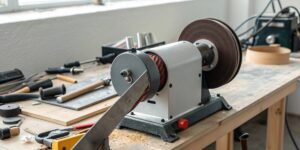
What belt grinder should a (beginner) knife maker own?
Starting knife making is exciting, but choosing the right grinder is overwhelming. The wrong one ruins projects and wastes money. This guide simplifies picking the
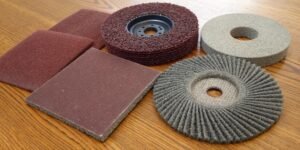
What are abrasives?
Choosing the wrong abrasive leads to poor results and wasted material. This hurts your production timeline and bottom line. Understanding abrasives is the simple solution
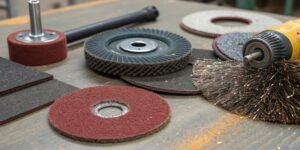
What are the uses of abrasives? What are some examples?
Struggling with tough materials? The wrong abrasive tool can ruin your project and waste money. Abrasives offer the power to shape, finish, and polish almost

What is the history of the wire wheel?
Are you curious about the origins of the simple wire wheel? Its fascinating history is deeply connected to incredible innovations in transportation and has shaped
